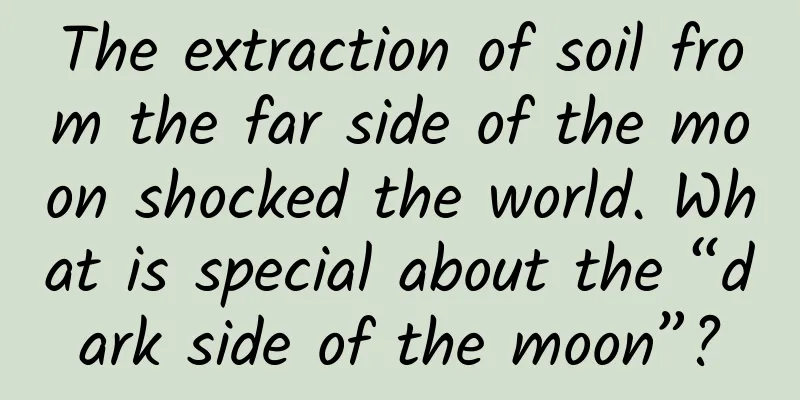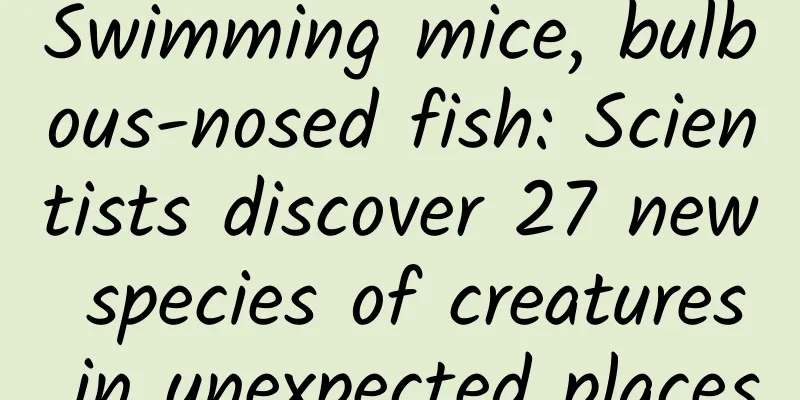The efficacy and function of Guangzhiren

|
Guangzhiren is a kind of traditional Chinese medicine. It is very helpful to the human body in treating certain diseases. Moreover, this kind of medicine is also widely used. When choosing Guangzhiren, it is necessary to understand the efficacy, effects and contraindications of Guangzhiren. Let's take a look at it below. 【English name】 Seed of Glabrousleaf Pittosporum [Other names] Badou, cliff flower seeds, Tulianqiao, mountain branch kernel, Zhamu kernel, public gardenia, five cow seeds, dragon seeds [Source] Medicinal material source: The seeds of Pittosporum tobira, a plant of the Pittosporum family. [Original form] Pittosporum glossyii, an evergreen shrub, 2-3m tall. The upper branches are sometimes whorled and the whole plant is glabrous. Simple leaves are alternate; petiole is 5-10mm long; leaf blade is thin leathery, obovate-elliptical or oblanceolate, 6-10cm long, 1-3.5cm wide, with short pointed or acuminate tip, cuneate base, green above, light green below, slightly wavy edge; midrib is prominent. Umbels 1-4 branches, born at the top of twigs, usually with 6-13 flowers; flowers are yellow, about 7mm in diameter; pedicels are 10-15mm long and smooth; calyx is united at the base, 5-lobed, the lobes are broadly ovate, 2mm long, smooth, and hairy on the edges; petals 5, separate, oblanceolate, 8-10mm long; stamens 5, alternate with petals, 4-7mm long; ovary oblong, glabrous, style 3mm long, stigma slightly enlarged. The capsule is ovate or elliptical, 2-2.5cm long, 3-lobed, each lobe contains about 6 seeds, and the pericarp is thin and leathery. The seeds are large, nearly round, 5-6mm long, and red. The flowering period is April and the fruit ripening period is September. [Habitat distribution] Ecological environment: grown in shady and moist forests, hillsides, and stream sides. [Properties] Identification of properties: The seeds are irregular, slightly concave polyhedrons with different edge sizes and a diameter of 3-7mm. The appearance is brown or reddish purple, a few are tan, and smooth. It is hard and not easy to crush. The inside is white and has an oily aroma. The best ones are those with full grains, red color, strong fragrance, and no stalks or shells. 【Nature and flavor】 Bitter; astringent; neutral 【Meridian】 Lung; spleen; large intestine 【Functions and indications】 Clears heat and relieves sore throat; stops diarrhea. Mainly used for deficiency-heat, restlessness, thirst, sore throat, diarrhea, dysentery [Usage and Dosage] For oral use: decoction, 9-15g; grind into powder, 1.5-3g. [Various discussions] "Sichuan Chinese Materia Medica": clears heat, stops diarrhea and is astringent. Treats sore throat, diarrhea with heaviness in the lower abdomen, and fatigue and weakness in the limbs. 【Excerpt】 Chinese Materia Medica The above is an introduction to the effects, functions and eating methods of Rhizoma Coptidis. When choosing it, you need to understand how to use it. |
<<: The efficacy and function of Guangzhou Mandarin
>>: The efficacy and function of Photinia glabra
Recommend
KPCB: How e-commerce can develop a "social proof" marketing strategy
On November 28, 2011, Aileen Lee, a partner of ve...
How troublesome is nucleic acid testing? I feel embarrassed to ask for the results after reading this.
Many people think Nucleic acid testing is just li...
The efficacy and function of the urine ejection crutches
The efficacy and function of the traditional Chin...
The efficacy and function of the ear fern
Opposite ear fern is a traditional Chinese medici...
Calcium supplement, blood supplement, brain supplement...are these hidden "nutrition kings" on your table?
As people pay more and more attention to health c...
What are the effects of Bai Shou Wu soaking in water
In daily life, many people know Polygonum multifl...
Does Panax notoginseng powder replenish blood?
We all know that Panax notoginseng has a very goo...
Doctors urgently remind: Erythromycin ointment must not be used for a long time! Tell your family members immediately
Experts in this article: Wang Wei, Deputy Directo...
“I discovered it!” Darwin and Einstein also “competing for the first place”?
Text| Shi Xiaolei The third issue of Physics maga...
Garlic core function and efficacy
Everyone should be familiar with garlic, because ...
Did the ancients also need to "get a permit" before traveling? It's not that easy to just go!
The famous thinker and philosopher Bacon once sai...
Is soup more nutritious than meat? Soup contains more fat! These three types of people should be careful when drinking soup
Is soup more nutritious than meat? Soup contains ...
The efficacy and function of litchi root
Lychee root is a very common Chinese medicine. Al...
The efficacy and function of Heshifeng
Diseases require improvement through medicine. Di...









